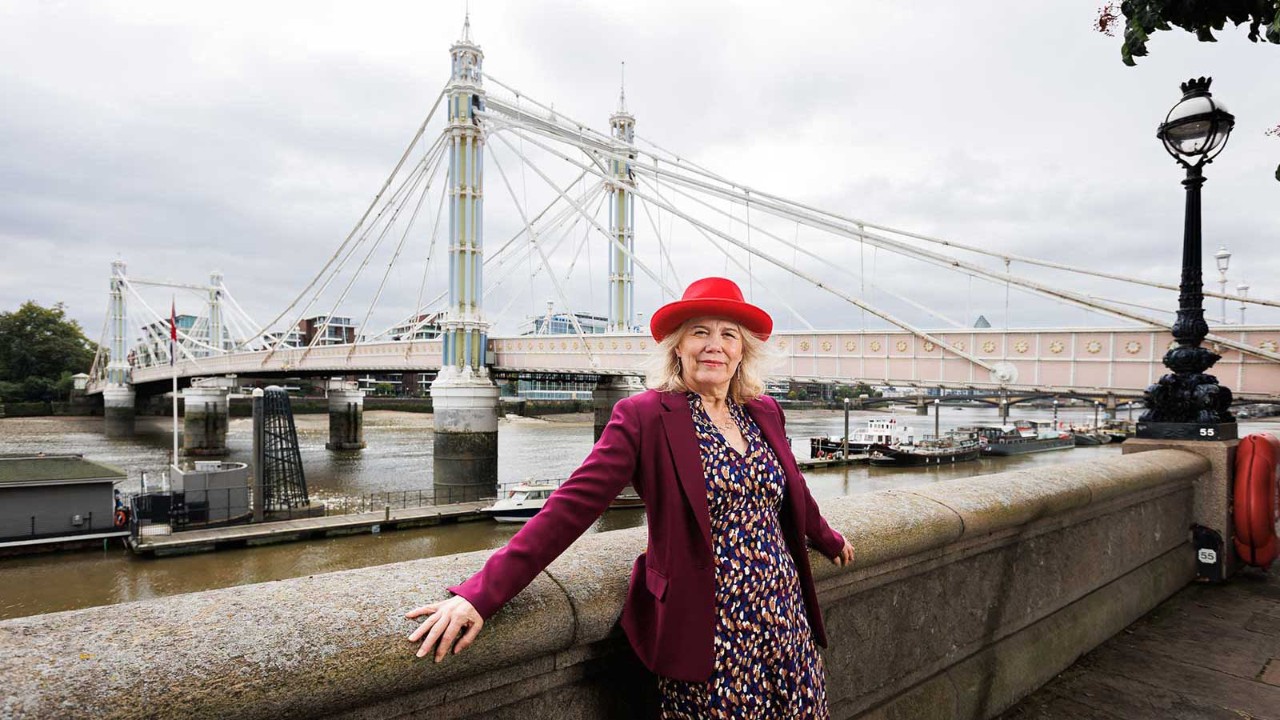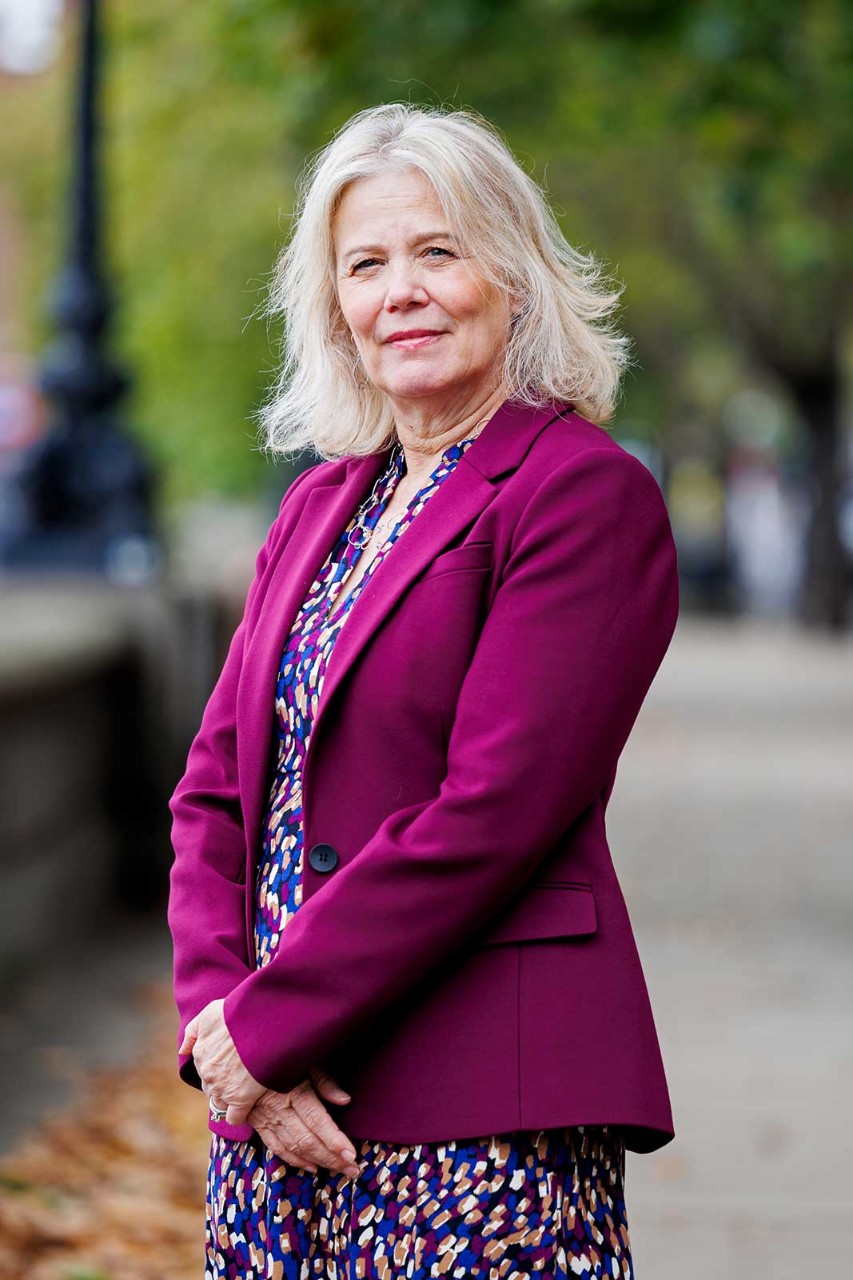
Forget Taylor Swift – for much of the first half of the 20th century, the hottest ticket in London was the Chelsea Arts Club Ball. Held at the Royal Albert Hall between 1910 and 1958, these extravagant, anything-goes, fancy dress parties – complete with 100 or more performers, lavish themed decorations, and thousands of guests dancing wildly until dawn – were a famous (and notorious) fixture of the social calendar. As Lady Muriel Beckwith put it in 1936: ‘The mere mention of the Chelsea Arts Ball would make the debutante blush and the dowager blench.’ Praise indeed.
Eventually, the rowdy parties got too much for the Royal Albert Hall and were banned. But the still-legendary balls continue to this day, in high summer and on New Year’s Eve, at the Chelsea Arts Club’s home near the King’s Road in London. ‘I’ve only been to one, but they are amazing,’ says the club’s director of finance, Jacqueline Jarvis.
Illustrious history
The club (CAC) was formed by a group of artists in 1890 and its clubhouse, the Grade II-listed former Bolton Lodge, was purchased in 1901. Today, it has a membership of more than 4,000 artists, sculptors, writers, actors, musicians, photographers, architects, designers and filmmakers, and a waiting-list of hundreds.
'It needs to run like clockwork but look informal and friendly at the same time'

For an annual subscription of around £800, members (who are proposed and elected by existing members) can enjoy the bar, restaurant, billiard room and peaceful garden of the beautiful house; there are also several bedrooms. The CAC is relaxed, friendly and fiercely private – photography and mobile phones and other devices are strictly prohibited.
‘We pride ourselves on creating a home from home for our members,’ says Jarvis, who joined the CAC from the Dulwich Picture Gallery in 2017. ‘It’s a joyful place to work – it’s lovely to open my office window and hear people in the garden having a good time. But it’s still a business that needs to be run properly.’
The finances
The CAC is different from many private clubs in that Jarvis and the other permanent staff are employed by a trading company, rather than by the club itself.
‘It’s a very interesting structure – like the one used by museums and galleries. All the legal responsibilities are assumed by a leaseholding company and by our trading company. We have a board of highly experienced professionals who love the club and we employ the staff, run the operations, and ensure that the club is run in a safe and compliant way.’
The club is financed entirely through member subscriptions, plus income from the dining and billiards rooms and bedrooms; its major costs are overheads and upkeep of the building and grounds.
And then there is the entertainment: as well as the famous parties, the CAC runs an extensive programme of events throughout the year including jazz every Friday, a band every Saturday, and regular talks, artists’ lunches, and art and sculpture exhibitions. ‘It’s our job to satisfy the members and make sure they are interested and engaged,' says Jarvis.
'I can get members wandering into my office who are surprised to find us in the building'
CV
2017
Director of Finance, Chelsea Arts Club Trading Ltd
2015
Head of finance, Dulwich Picture Gallery
2005
Head of finance, BJB Ltd
2003
Group financial controller, Seven Telecom
2002
Financial controller, Telco Global Communications
2001
Group financial controller, Alcatel-Lucent
The entire building underwent a major refurbishment 10 years ago, finance mostly by a loan from its members. ‘We are carrying debt on our balance sheet at the moment as a result of that work,’ says Jarvis. ‘Subscriptions cover our overheads so the surplus from the dining room and so on goes towards paying back the members’ loan. We didn’t have any reserves when I joined the club and ideally, I’d like to build that up once the debt is repaid.’
Plans were interrupted by the pandemic, but the CAC was able to reopen relatively promptly because of its garden. ‘It was tough in terms of cashflow, but members offered generous voluntary support, and they continued to pay their subscriptions even though we weren’t open. Their love for the club kept it going.’
Streamlining
Jarvis’ priorities since joining the club have included overhauling the IT system. ‘We had different systems for memberships, finance and bookings, and none of them talked to each other, which made everything really complicated. We now have a single system and that means we can follow a member journey through the club.’
There is the potential to go much further: ‘If we introduced membership cards, for example, that would be really helpful for us in terms of helping us understand how members are using the club. We could organise events around specific groups of members, which we might be missing at the moment.’
But running a private members’ club with a strong bohemian vibe is a delicate balancing act. The members, says Jarvis, see the CAC as pleasingly chaotic. ‘There aren’t many rules, apart from no phones or photography, and they have free reign to do what they want. But behind the scenes, it has to be quite corporate. It needs to run like clockwork but look informal and friendly at the same time. It’s quite difficult to find that balance.’
Jarvis and her small team seem to be finding the right approach, remaining as low key as possible. ‘I don’t tend to leave my office door open very much because if I do, I can get members wandering in who are really surprised to find that there’s an office in the building. And then they call a trail of people to come and look.’
The finance professional's remit of working hard to make everything seem effortless is never more in evidence than in this rarefied area of the hospitality sector.


